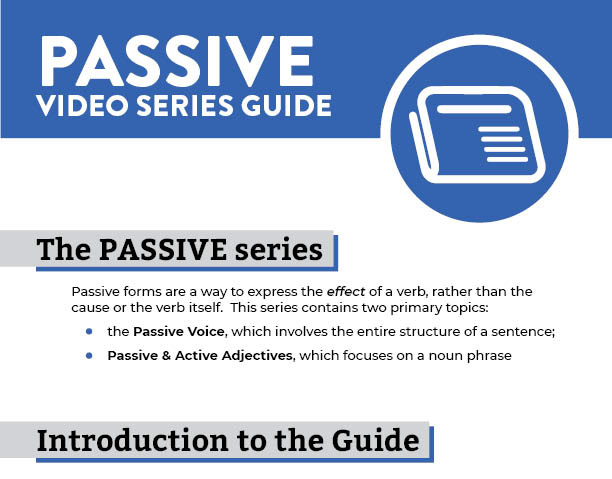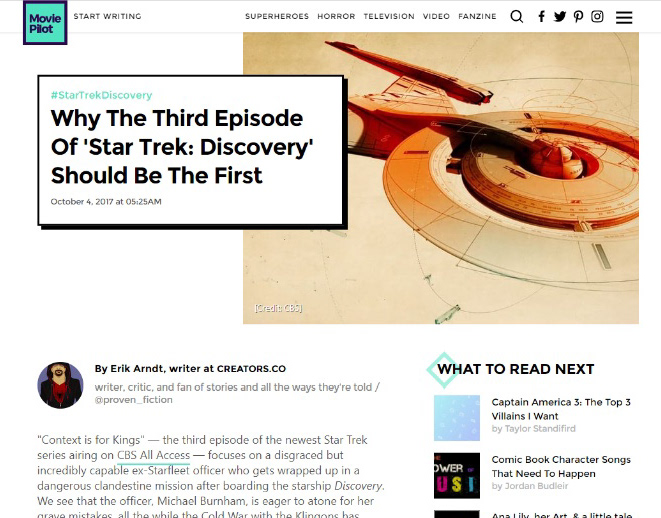'Dunkirk': 10 Ways Christopher Nolan Fully Immerses You In His Latest Film
Christopher Nolan's latest blockbuster about the WWII events of Dunkirk in 1940 is definitely one of the best movies this year, one of the best war films in recent memory, and even ranks among the best of Nolan's previous films. What makes Dunkirk so masterful is the way Christopher Nolan immerses the audience in the evacuation. It's not a story we watch at a distance, but an experience we witness and feel. The gripping atmosphere that surrounds us and the terrors of war that envelop us create a unique experience we're not likely to forget anytime soon. How does the esteemed filmmaker pull it off? Here are 10 techniques Christopher Nolan uses to immerse the viewers.
WARNING: Major Dunkirk spoilers to follow.
1. Very Little Dialogue
One of the first things that may strike viewers during the opening sequences is how little dialogue there is. The central character of The Mole narrative — a private named Tommy — barely speaks. He soon joins another soldier who doesn't speak at all, and it's a while before they surround themselves with more talkative characters. By then, the audience is already accustomed to paying attention to what's happening around the characters, as opposed to what's coming out of their mouths.
Even though later characters — as well as ones in the other two narratives — speak more than Tommy and his companion, there's still very little talking relative to the average movie. Instead, the characters spend much of their time thinking about and reacting to their situation. As a result, audiences are inclined to do that as well.
2. Facial Expressions
One could argue that more information is conveyed to the audience through facial expressions and other body language than through dialogue. This way, we don't process words; we process feelings, which is far more effective in such a tense film. Also, facial expressions may be up for interpretation. Each viewer needs to make her/his own decision on what any given expression means, which creates an almost interactive experience.
3. What Tommy Observes
Tommy's actions aren't terribly important in his narrative. His main purpose is to act as a conduit through which the audience experiences the evacuation. The camera spends a lot of time showing us what's around Tommy. His close-ups typically reveal his reaction to something he sees or hears. Thus, we pay attention not to Tommy himself, but to his situation.
Similarly, in this moment, we're more interested in what the Commander is hearing and seeing than in the Commander himself. 'Dunkirk' [Credit: Warner Bros.]
Following Tommy's point-of-view also introduces us to other characters. Most notably, we have a few scenes with some high-ranking army and naval officers (including Kenneth Branagh's character) who provide some crucial decision-making, but our first introduction to them is through Tommy, who overhears one of their conversations. Similarly, the audience doesn't have direct access to these higher-ups, but we do get to eavesdrop a bit.
4. Focus On Environment/Atmosphere
As mentioned before, a lot of camera shots reveal what's around Tommy. In all three narratives, we get plenty of wide shots of the beach, the Channel, and the sky. We see boats, planes, solitary soldiers, crowds, smoke, waves and clouds. Nolan uses an appropriately dull and dreary color pallet, and the production team makes the world feel lived-in and weathered. The grittiness that Nolan notably used in his Dark Knight trilogy is just as evident here.
While there are plenty of wide shots to reveal the environment, they are contrasted with tight shots inside boats or planes. Characters are a little too close to the camera, and they don't have a lot of space to move. Such shots can make the audience feel uncomfortable or even claustrophobic, letting us glimpse how these soldiers might have actually felt.
5. Manipulating Attention
Some shots are framed so that our attention is focused on a particular detail. Nolan uses these moments to suddenly insert another element, usually the sound of a gunshot. Moments of relative tranquility are interrupted with immediate danger. Some of these moments happen early on, so the audience quickly becomes accustomed to sitting on the edge of our seats, never trusting the tension of the film to ease.
6. Sound Effects
Though every aspect of the film'd production is impressive, the sound design takes the cake. As mentioned above, it is incredibly effective in contrasting rest and panic, keeping suspense throughout.
A strong sound design made the explosions feel closer than we're comfortable with. 'Dunkirk' [Credit: Warner Bros.]
Unlike the film's visual aspects, the audible elements surround us. Nolan uses this to literally immerse audiences. I lost count of the number of times audience members in my theater flinched at the sound of a gunshot, an explosion, or the shriek of a plane.
7. Minimal Characterization
Who was Tommy, anyway? What's his backstory? What drives him? What's his personality like? Who cares. Dunkirk isn't about Tommy, or any other singular character. Instead, it was about all of them. It was about what they went through.
To make the audience feel like we were a part of these events, Nolan strips the film of almost any characterization. Dialogue barely reveals character. Hardly anyone has a backstory. Some characters don't even have names (I'm not even sure I ever heard Tommy's name mentioned; I only noticed it in the end credits). Sure, they aren't completely blank slates, as different characters did act or speak in different ways, but there are still a lot of gaps.
Those gaps are filled in by the viewers. Without character details defined for us, we're allowed to put ourselves in that character's shoes. We think on what we would do or how we would feel in those same situations. Nolan doesn't want anything — including a well-defined character — to get in the way of that audience experience.
Most of the film's negative reviews cite not enough characterization or character development as a reason why we never really get attached to people in the story. Christopher Nolan clearly did this intentionally. It may not be your cup of tea, but you can't fault the filmmaker for accomplishing what he set out to do.
8. Crowds
Sometimes instead of standing in for a particular character, the audience gets to be one out of many. There is an abundance of crowd shots in which no soldier really stood out among the others, so the focus is on their situation rather than their identities. Whether the crowds on the beach were awaiting rescue or watching the skies, each moviegoer got to insert themselves among the masses.
British soldiers awaiting evacuation react to approaching German aircraft. 'Dunkirk' [Credit: Warner Bros.]
9. Pseudo Long Takes
Long takes can be very effective in immersing the audience in a film. Nolan dosen't employ a lot of actual long takes, but he simulates them. He often cuts from one shot to a very similar one. Perhaps it would be from a different angle, but it would mostly show the same thing with the same sense of motion. The effect is nearly the same as that of a long take. With near-seamless cuts, we almost forget we're watching a movie.
10. Hans Zimmer's Score
Dunkirk marks Nolan's sixth collaboration with the award-winning composer Hans Zimmer. In case there was any doubt, these two work gloriously together. Zimmer's score here is haunting. From the beginning until the end, the eerie tone is unsettling. It's ever-present, not letting the audience escape from the sense of fear. Fluctuations in the musical theme compliment moments of action and terror, but even the steadier moments remind us that danger is never far off, preventing us from ever sitting back and relaxing. Since the soldiers at Dunkirk never got a break from their fear, Zimmer's score ensures that we don't either.
Summary
Dunkirk stands apart from other war films; it doesn't set out to be the next Saving Private Ryan, and thus offers a different experience. If you're expecting to see some war heroes performing incredible feats to strike a hard blow against the enemy, then you're in for a surprise. There is courage, though, and heroism comes in the form of demonstrating humanity in the midst of desperation.
The focus isn't on particular heroes. Rather, it's on the dangers they faced, the terrors they witnessed, the desperation they felt and the hope they clung to. Instead of hoping that so-and-so survives, we want to survive; we want to avoid gunfire; we want to get on the next boat, and we want to have just one moment to rest. In Dunkirk, Christopher Nolan masterfully immerses the audience in an experience far more vivid than we've come to expect from a film.
Were any of you able to watch Dunkirk casually? Let us know in the comments how many times you nearly jumped out of your seat.








